Home>Furniture & Design>Bathroom Accessories>Why Is My Bathroom Exhaust Fan Not Working
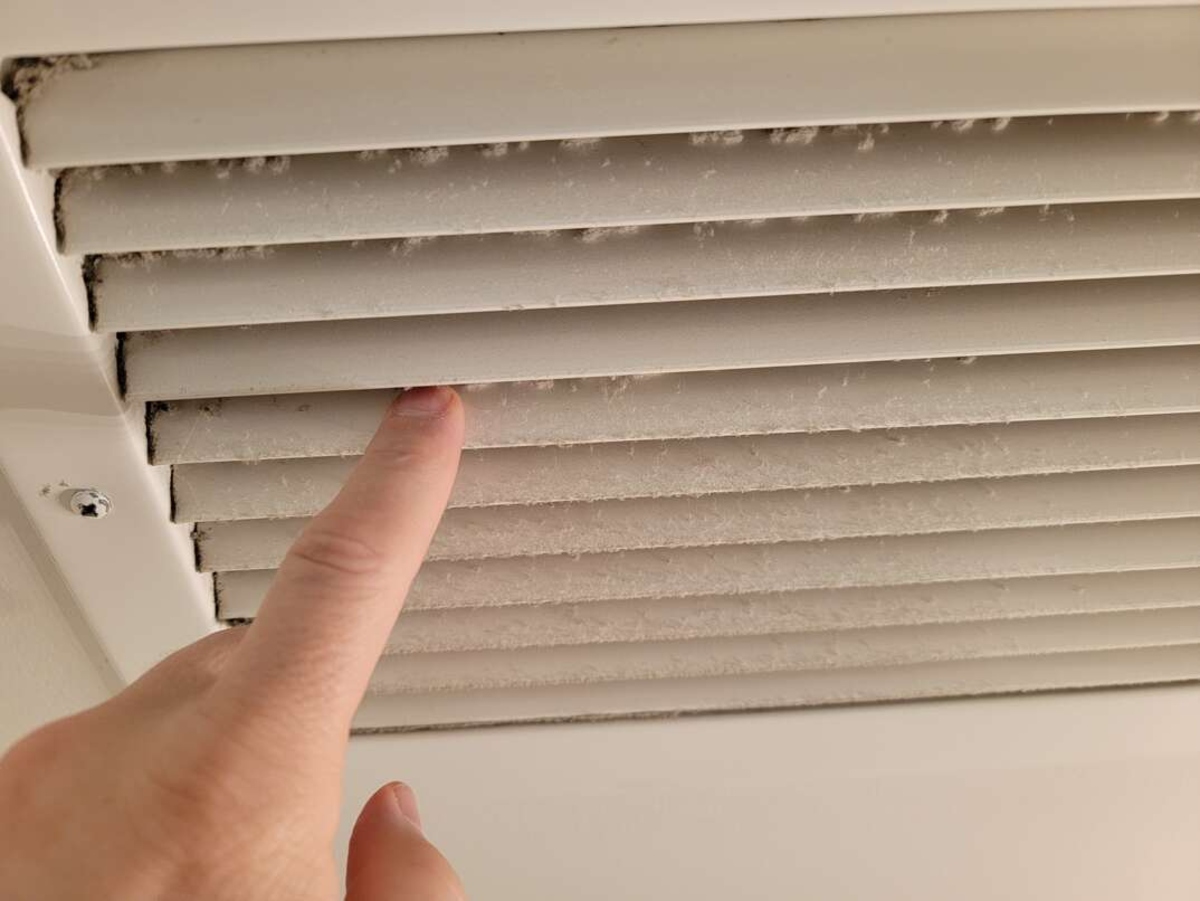

Bathroom Accessories
Why Is My Bathroom Exhaust Fan Not Working
Modified: February 17, 2024
Discover common reasons why your bathroom exhaust fan may not be working and learn how to troubleshoot the issue. Ensure proper ventilation with our bathroom accessories.
(Many of the links in this article redirect to a specific reviewed product. Your purchase of these products through affiliate links helps to generate commission for Storables.com, at no extra cost. Learn more)
Common Causes of Bathroom Exhaust Fan Not Working
A malfunctioning bathroom exhaust fan can lead to a host of issues, including poor ventilation, increased humidity, and potential mold growth. Understanding the common causes behind a non-functioning exhaust fan is crucial for effective troubleshooting and timely resolution. Here are the typical culprits that can render a bathroom exhaust fan inoperative:
-
Power Supply Issues: One of the primary reasons for a non-working bathroom exhaust fan is a disrupted power supply. This can result from a tripped circuit breaker, a blown fuse, or a loose electrical connection. Checking the power source and ensuring that the fan is receiving electricity is the first step in diagnosing the problem.
-
Motor Problems: Over time, the motor of the exhaust fan can wear out or become clogged with dust and debris, hindering its ability to function optimally. This can lead to the fan making unusual noises or failing to start altogether. Regular maintenance and cleaning can help prevent motor-related issues.
-
Faulty Wiring: Faulty or damaged wiring within the exhaust fan can impede its operation. This may occur due to wear and tear, improper installation, or exposure to moisture, which can lead to corrosion. Inspecting the wiring for any signs of damage or deterioration is essential in identifying this issue.
-
Blocked Ventilation Duct: Accumulated dust, dirt, or debris within the ventilation duct can obstruct the airflow, causing the exhaust fan to underperform or cease functioning entirely. Regular cleaning and maintenance of the ventilation duct can prevent this common issue.
-
Humidity Sensor Malfunction: Many modern bathroom exhaust fans are equipped with humidity sensors to automatically activate the fan when moisture levels rise. If the sensor malfunctions, it can prevent the fan from turning on when needed. Checking and, if necessary, replacing the humidity sensor can resolve this issue.
-
Fan Blade Obstruction: Objects or debris lodged in the fan blades can prevent the exhaust fan from spinning properly, leading to reduced airflow or complete failure. Regular inspection and cleaning of the fan blades can prevent this issue from occurring.
Understanding these common causes of a non-working bathroom exhaust fan is the first step in effectively troubleshooting and resolving the issue. By identifying the root cause, homeowners can take appropriate measures to restore the functionality of their bathroom exhaust fan and maintain a healthy indoor environment.
Key Takeaways:
- Troubleshoot a non-working bathroom exhaust fan by checking power supply, cleaning fan blades, and testing the motor. Regular maintenance ensures optimal ventilation and a healthy indoor environment.
- Call a professional for help with electrical complications, motor malfunctions, complex repairs, compliance with building codes, and persistent issues. Ensure the safe and reliable operation of your bathroom exhaust fan.
Read more: Why Is My Touch Faucet Not Working
How to Troubleshoot a Bathroom Exhaust Fan
When faced with a malfunctioning bathroom exhaust fan, troubleshooting the issue is essential to identify the root cause and implement the necessary repairs. By following a systematic approach, homeowners can effectively diagnose the problem and take appropriate measures to restore the fan's functionality. Here's a step-by-step guide on how to troubleshoot a bathroom exhaust fan:
-
Check the Power Supply: Begin by ensuring that the bathroom exhaust fan is receiving power. Verify if the circuit breaker associated with the fan is not tripped and that the corresponding switch is turned on. If the fan is connected to a GFCI (Ground Fault Circuit Interrupter) outlet, make sure it has not been tripped. Testing the power supply with a voltage tester can help determine if electricity is reaching the fan.
-
Inspect the Fan Blades: Visually inspect the fan blades for any obstructions or debris that may be hindering their movement. Turn off the power to the fan before carefully removing any accumulated dust, dirt, or objects that may be impeding the blades. Ensure that the blades can rotate freely without any hindrance.
-
Examine the Ventilation Duct: Check the ventilation duct connected to the exhaust fan for blockages or obstructions. Over time, dust, dirt, and debris can accumulate within the duct, impeding airflow and causing the fan to underperform. Regularly cleaning the ventilation duct can prevent such issues from arising.
-
Test the Humidity Sensor: If the bathroom exhaust fan is equipped with a humidity sensor, test its functionality. Increase the humidity levels in the bathroom, such as by running a hot shower, and observe if the sensor activates the fan. If the fan fails to turn on despite elevated humidity, the sensor may require inspection or replacement.
-
Inspect the Wiring: Carefully examine the wiring connected to the exhaust fan for any signs of damage, wear, or corrosion. Faulty wiring can impede the fan's operation and pose a safety hazard. If any issues are detected, it is crucial to address them promptly to ensure the fan's safe and efficient functioning.
-
Test the Motor: If the fan is still not operational after checking the aforementioned components, the motor may be the culprit. Test the motor for functionality and listen for any unusual noises or vibrations when the fan is turned on. If the motor appears to be malfunctioning, it may require cleaning, lubrication, or professional servicing.
By systematically troubleshooting a non-working bathroom exhaust fan, homeowners can pinpoint the underlying issues and take the necessary steps to restore the fan's functionality. Regular maintenance and prompt attention to any malfunctions can help ensure optimal ventilation and a healthy indoor environment.
Check if the fan is getting power by testing the switch and circuit breaker. Clean the fan and check for any obstructions in the vent. If it still doesn’t work, the motor may need to be replaced.
Steps to Fix a Bathroom Exhaust Fan
Fixing a malfunctioning bathroom exhaust fan is essential to restore proper ventilation and maintain a healthy indoor environment. By following a systematic approach, homeowners can address the underlying issues and implement the necessary repairs to ensure the fan's optimal functionality. Here are the steps to fix a bathroom exhaust fan:
-
Turn Off Power: Before initiating any repairs, it is crucial to turn off the power to the bathroom exhaust fan at the circuit breaker or fuse box. This precautionary measure ensures safety while working on the fan.
-
Clean the Fan Blades: Remove the cover or grille of the exhaust fan to access the fan blades. Carefully clean the blades using a soft brush or cloth to remove accumulated dust, dirt, and debris. Ensuring that the blades are free from obstructions allows for unimpeded airflow when the fan is in operation.
-
Inspect and Clean the Ventilation Duct: Detach the ventilation duct from the exhaust fan and inspect it for any blockages or buildup of debris. Use a vacuum cleaner or a brush to remove any accumulated dust and dirt from the duct. Clearing the ventilation duct promotes efficient airflow and prevents potential obstructions.
-
Check and Repair Wiring: Examine the wiring connected to the exhaust fan for any signs of damage, wear, or corrosion. If any issues are detected, carefully repair or replace the damaged wiring to ensure safe and reliable electrical connections.
-
Test and Service the Motor: If the exhaust fan continues to exhibit issues after cleaning and inspecting the blades and ventilation duct, the motor may require attention. Test the motor for functionality and listen for any unusual noises or vibrations when the fan is turned on. If necessary, lubricate the motor or seek professional servicing to address any motor-related problems.
-
Replace Faulty Components: If specific components such as the humidity sensor or the fan motor are found to be faulty, consider replacing them with compatible parts. Ensuring that all components are in optimal working condition is essential for the effective operation of the bathroom exhaust fan.
-
Reassemble and Test: Once the necessary repairs and maintenance tasks have been completed, reassemble the exhaust fan, including the cover or grille and the ventilation duct. Restore power to the fan and test its functionality to ensure that the repairs have successfully resolved the initial issues.
By following these steps, homeowners can effectively address common problems affecting bathroom exhaust fans and restore proper ventilation within their bathrooms. Regular maintenance and prompt attention to any malfunctions are key to ensuring the optimal performance and longevity of the exhaust fan.
When to Call a Professional for Help
In certain instances, the complexity or severity of issues affecting a bathroom exhaust fan may necessitate the expertise of a professional electrician or HVAC technician. Recognizing when to seek professional assistance is crucial in ensuring the timely and effective resolution of persistent problems. Here are the scenarios in which homeowners should consider calling a professional for help:
-
Electrical Complications: If the troubleshooting process reveals underlying electrical complications such as damaged wiring, faulty connections, or issues with the circuitry, it is advisable to enlist the services of a qualified electrician. Electrical work demands precision and adherence to safety protocols, making professional intervention essential for addressing intricate wiring issues and ensuring the safe operation of the exhaust fan.
-
Motor Malfunctions: When the exhaust fan's motor exhibits persistent problems despite cleaning and basic maintenance, it may indicate more complex internal issues. A professional HVAC technician possesses the expertise to diagnose motor malfunctions, perform intricate repairs, or recommend the replacement of the motor if necessary. Their specialized knowledge can help restore the fan's functionality and prevent further damage.
-
Complex Repairs and Replacements: In cases where components such as the humidity sensor, fan motor, or other intricate parts require replacement, seeking professional assistance is prudent. Professionals can accurately identify compatible replacement parts, ensuring the seamless integration and optimal performance of the exhaust fan. Additionally, they can handle complex repairs with precision, minimizing the risk of errors and ensuring the long-term reliability of the fan.
-
Compliance with Building Codes: When installing a new exhaust fan or making significant modifications to the existing ventilation system, adherence to local building codes and regulations is paramount. Professionals are well-versed in the applicable codes and standards, ensuring that the installation or repairs comply with legal requirements and safety guidelines. Their expertise mitigates the risk of non-compliance and ensures the proper functioning of the exhaust fan within regulatory frameworks.
-
Persistent Issues: If persistent issues with the bathroom exhaust fan remain unresolved despite thorough troubleshooting and basic repairs, professional intervention becomes necessary. Professionals can conduct comprehensive assessments to identify underlying issues that may have been overlooked, offering tailored solutions to address the root cause of the fan's malfunction.
Knowing when to engage the expertise of professionals is essential for maintaining the optimal performance and safety of a bathroom exhaust fan. By recognizing the limitations of DIY efforts and seeking professional assistance when needed, homeowners can ensure the effective resolution of complex issues and the reliable operation of their exhaust fan.
Frequently Asked Questions about Why Is My Bathroom Exhaust Fan Not Working
Was this page helpful?
At Storables.com, we guarantee accurate and reliable information. Our content, validated by Expert Board Contributors, is crafted following stringent Editorial Policies. We're committed to providing you with well-researched, expert-backed insights for all your informational needs.
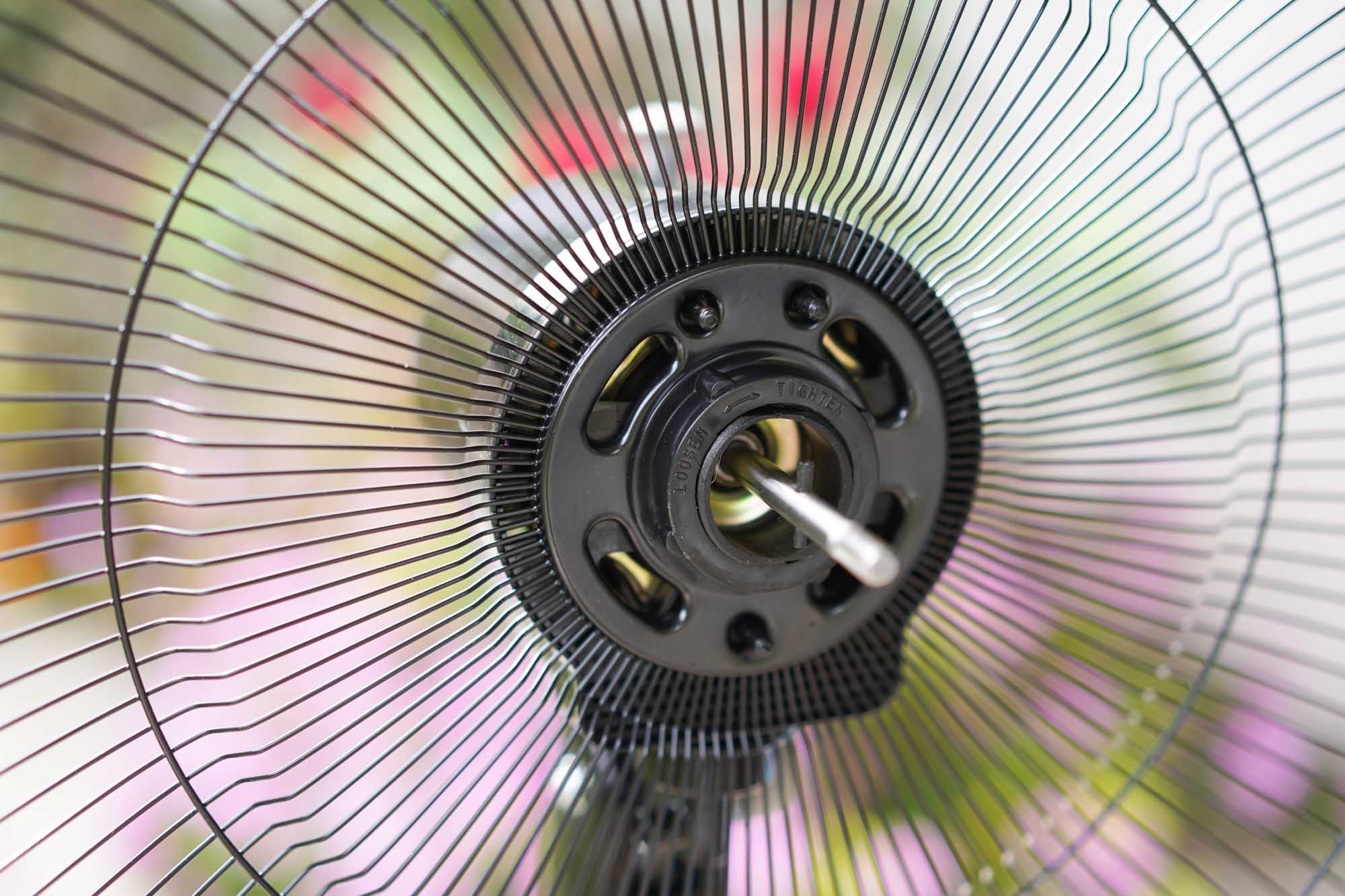
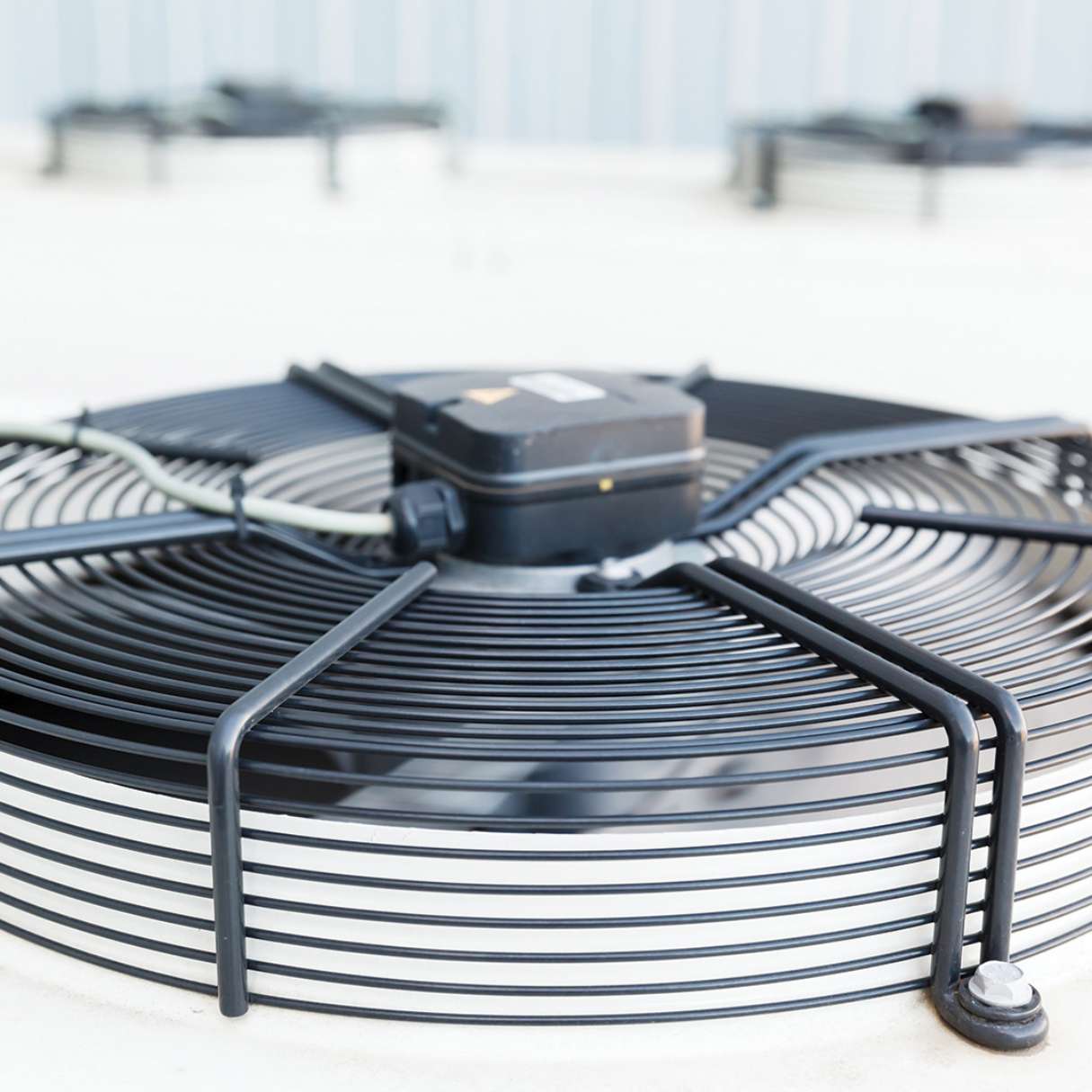
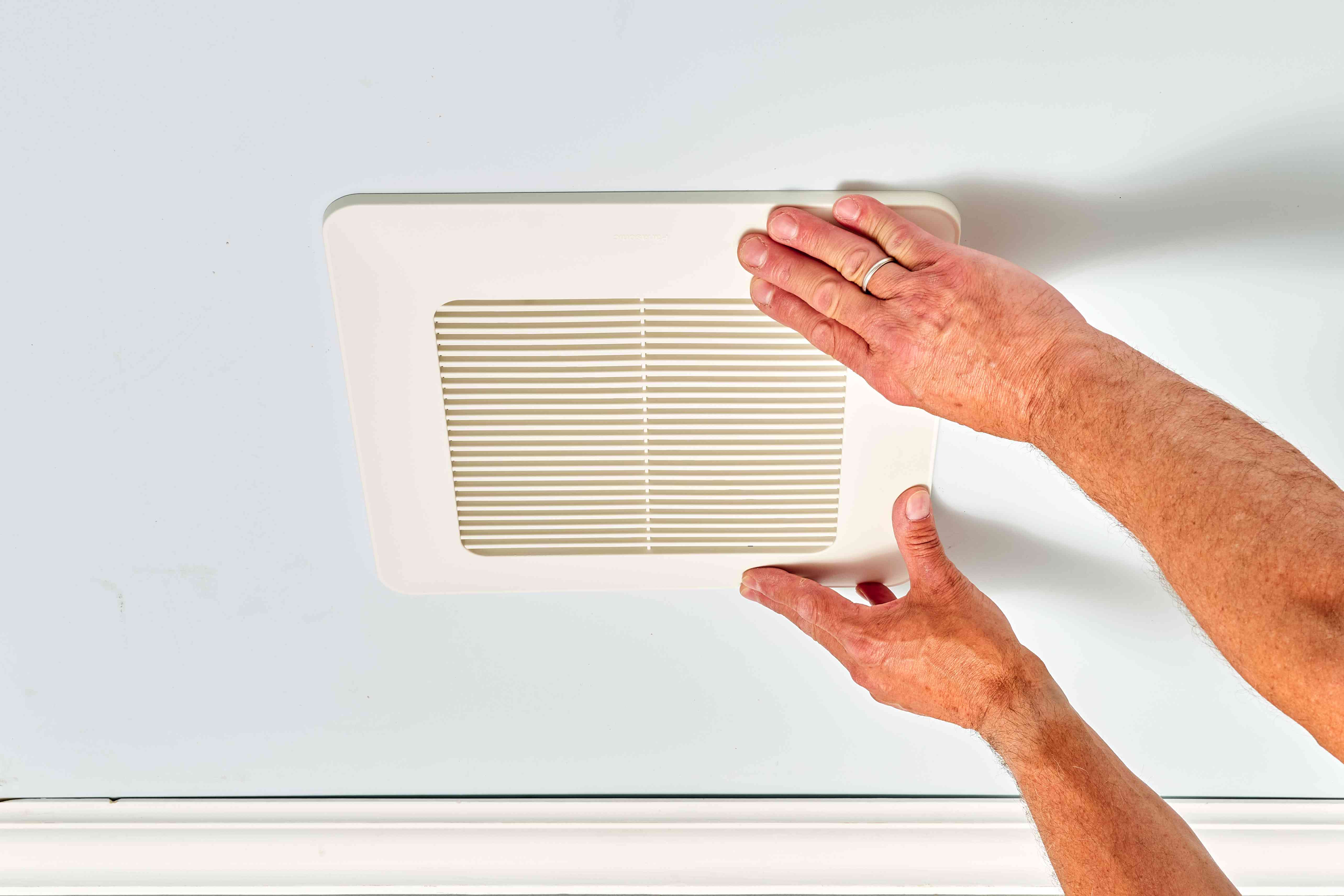
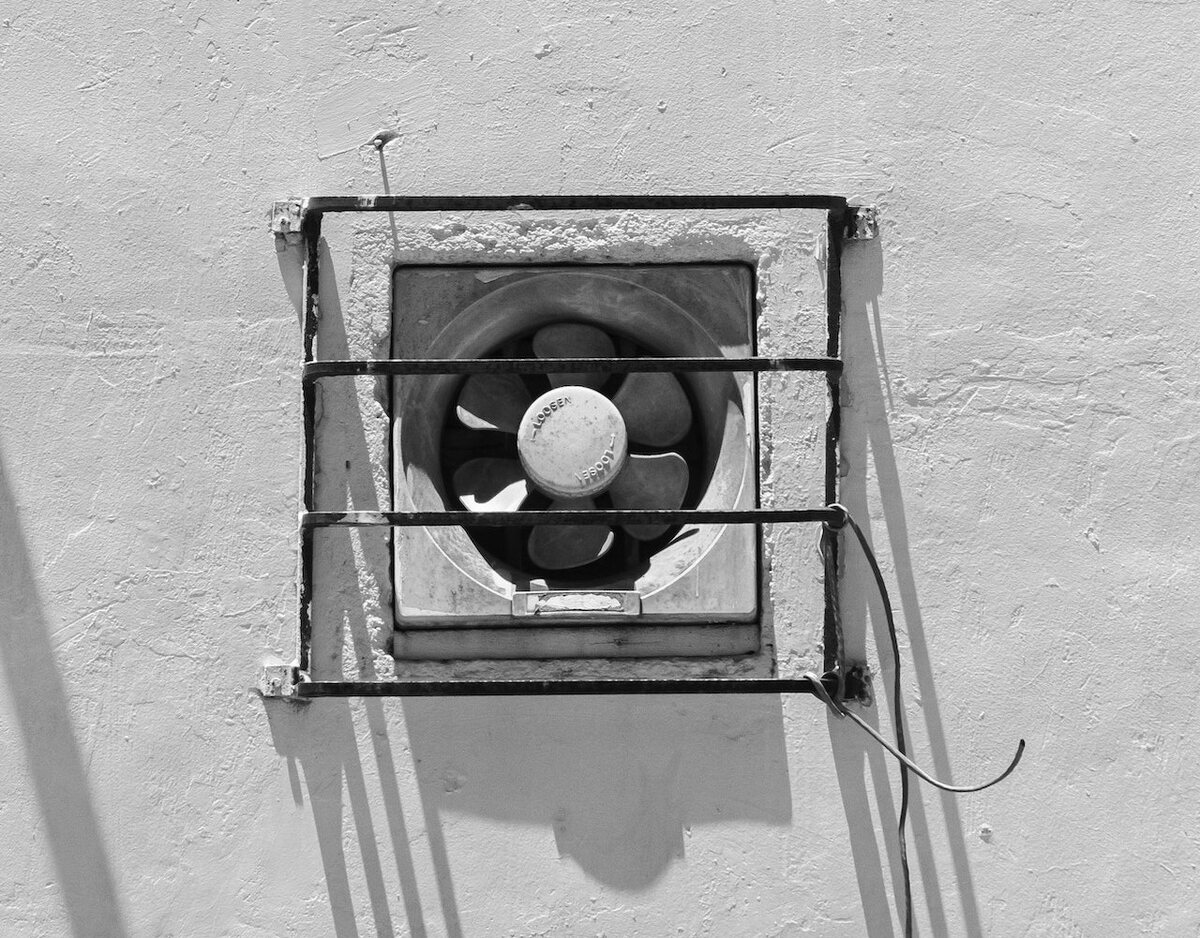
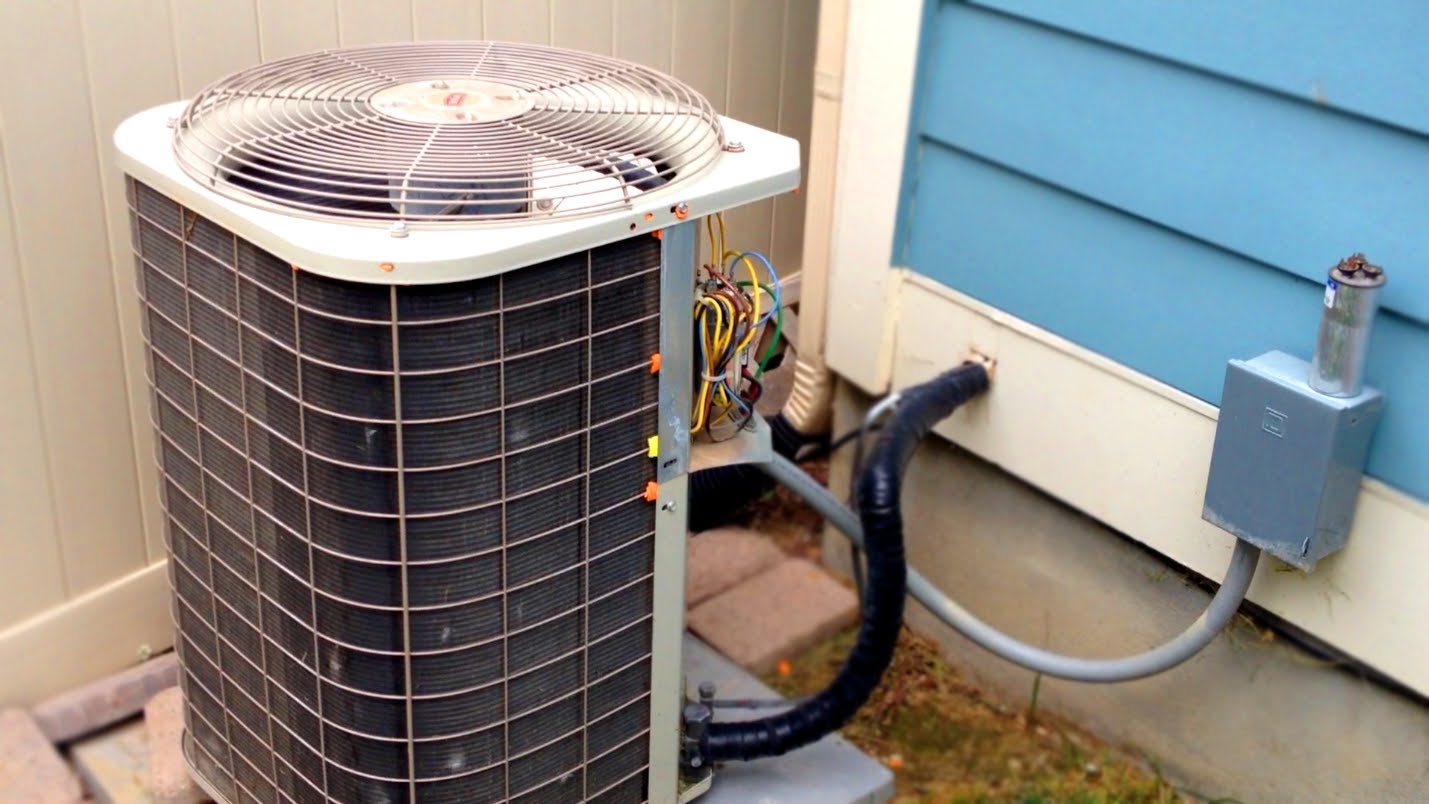
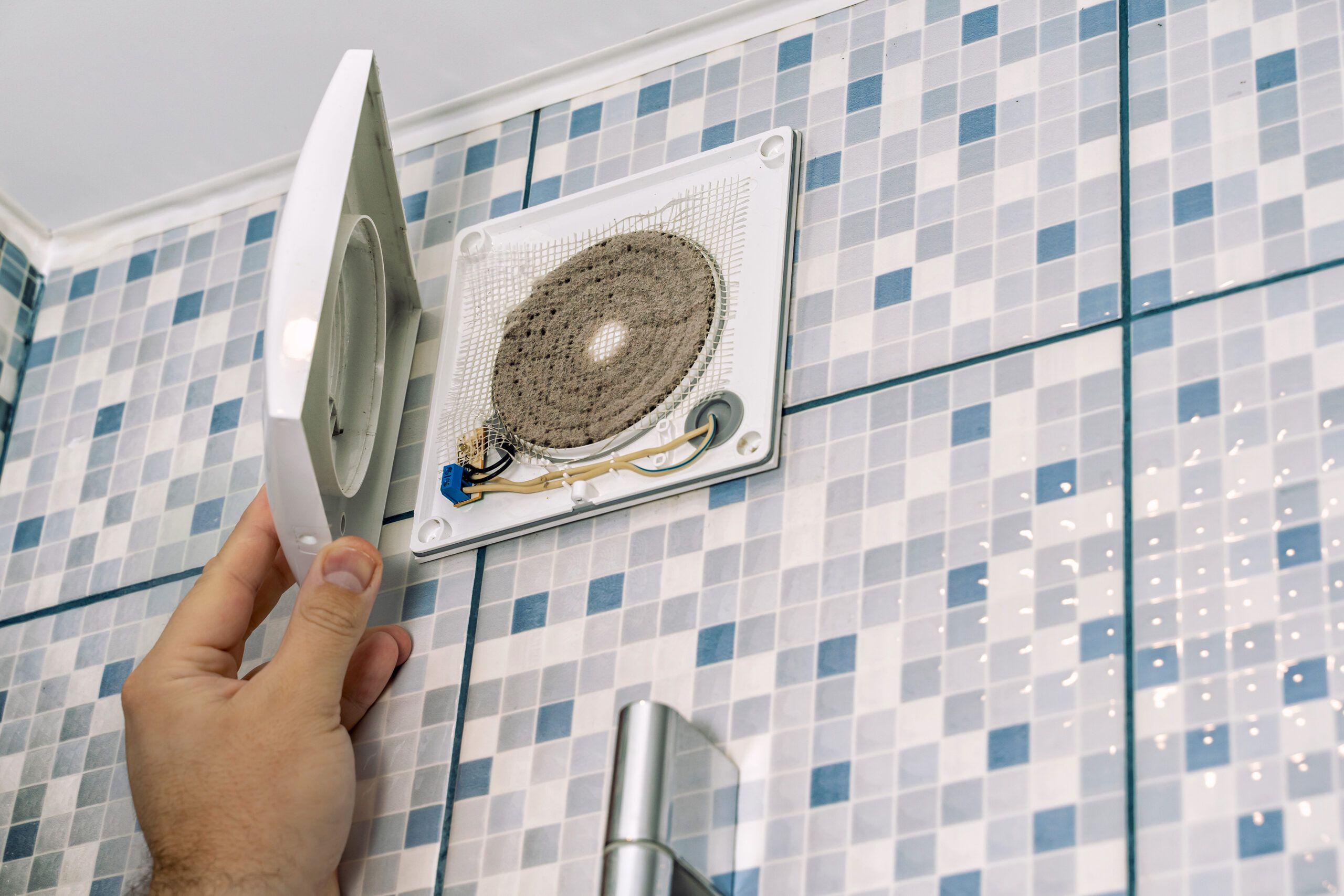
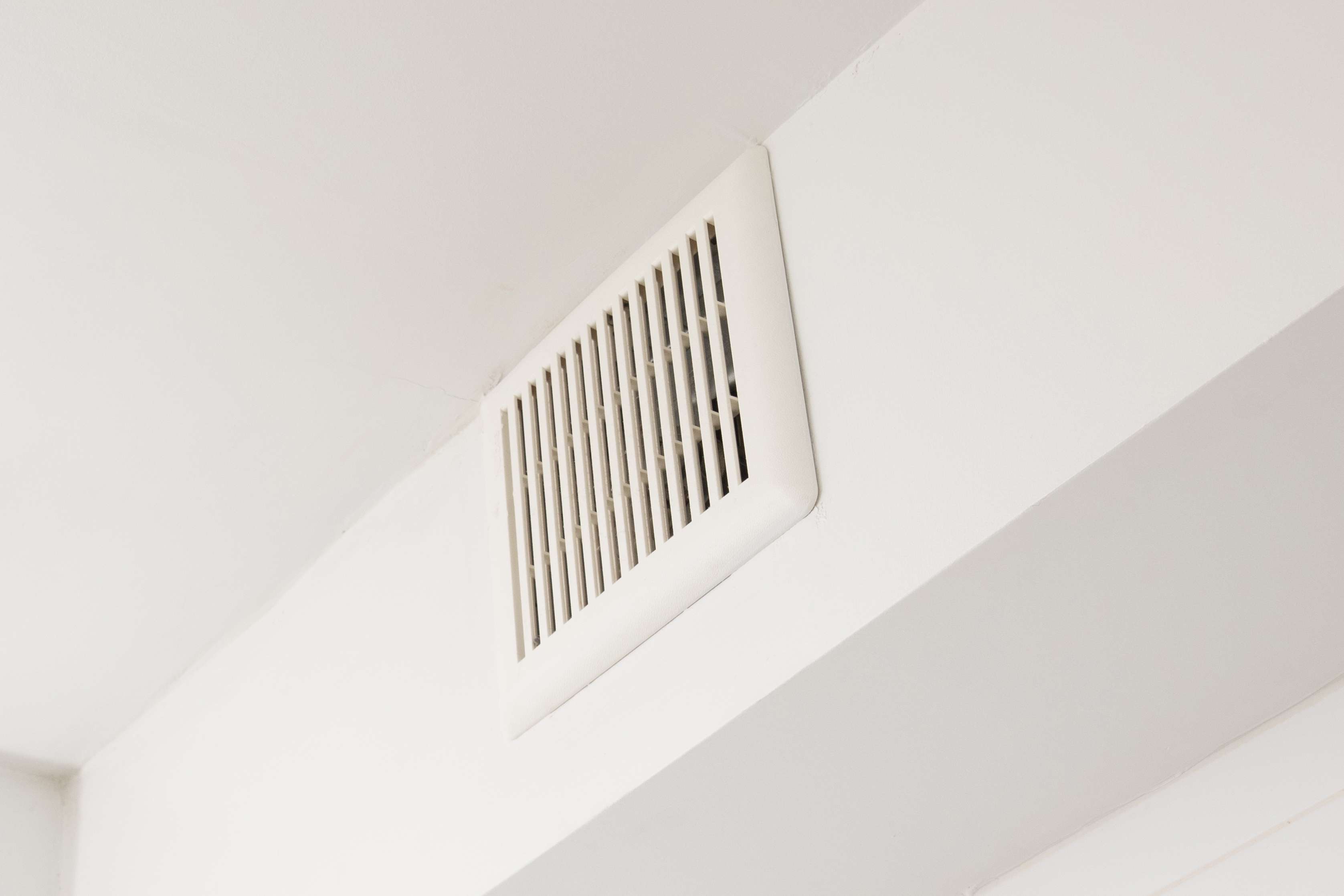
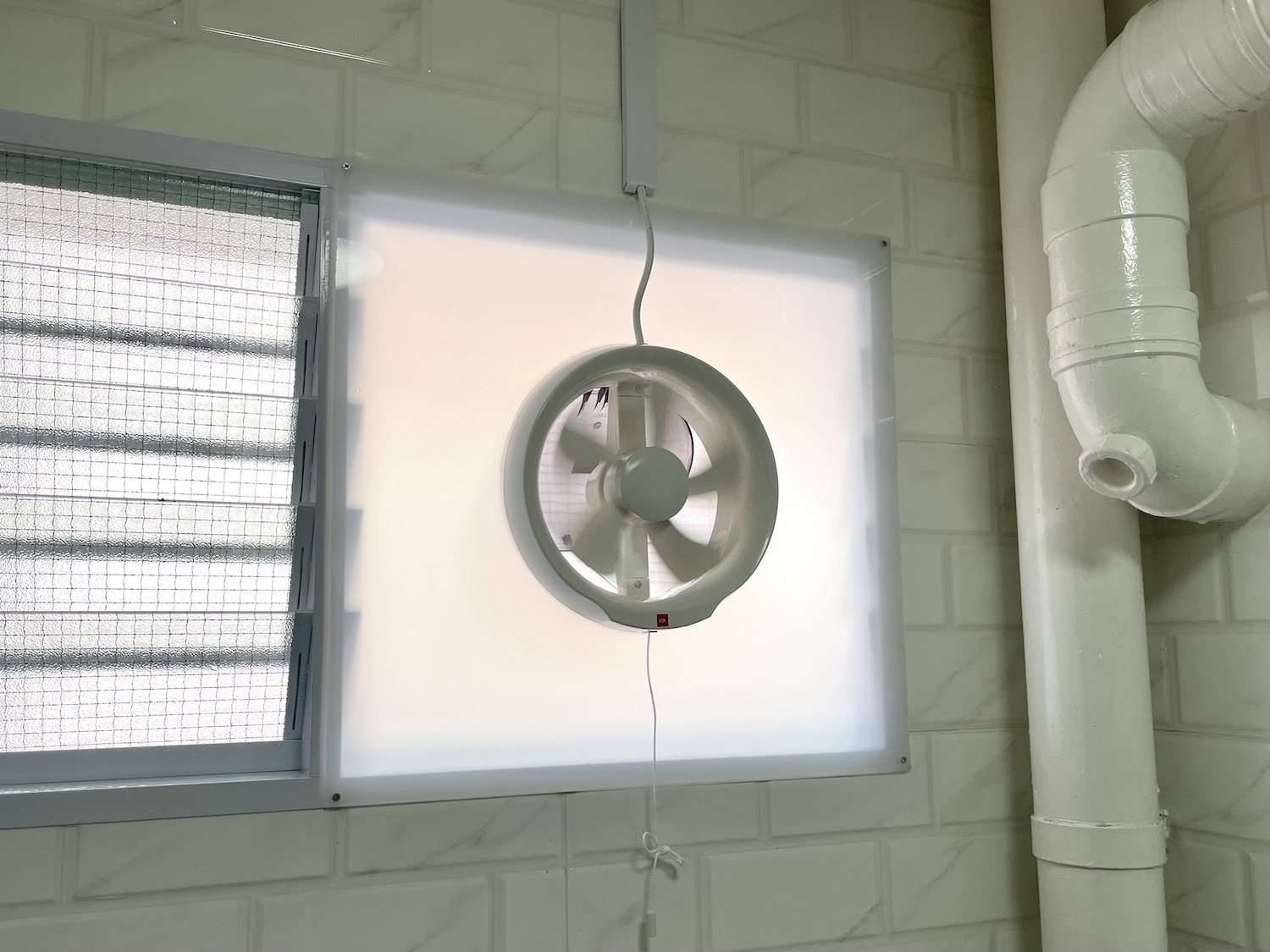
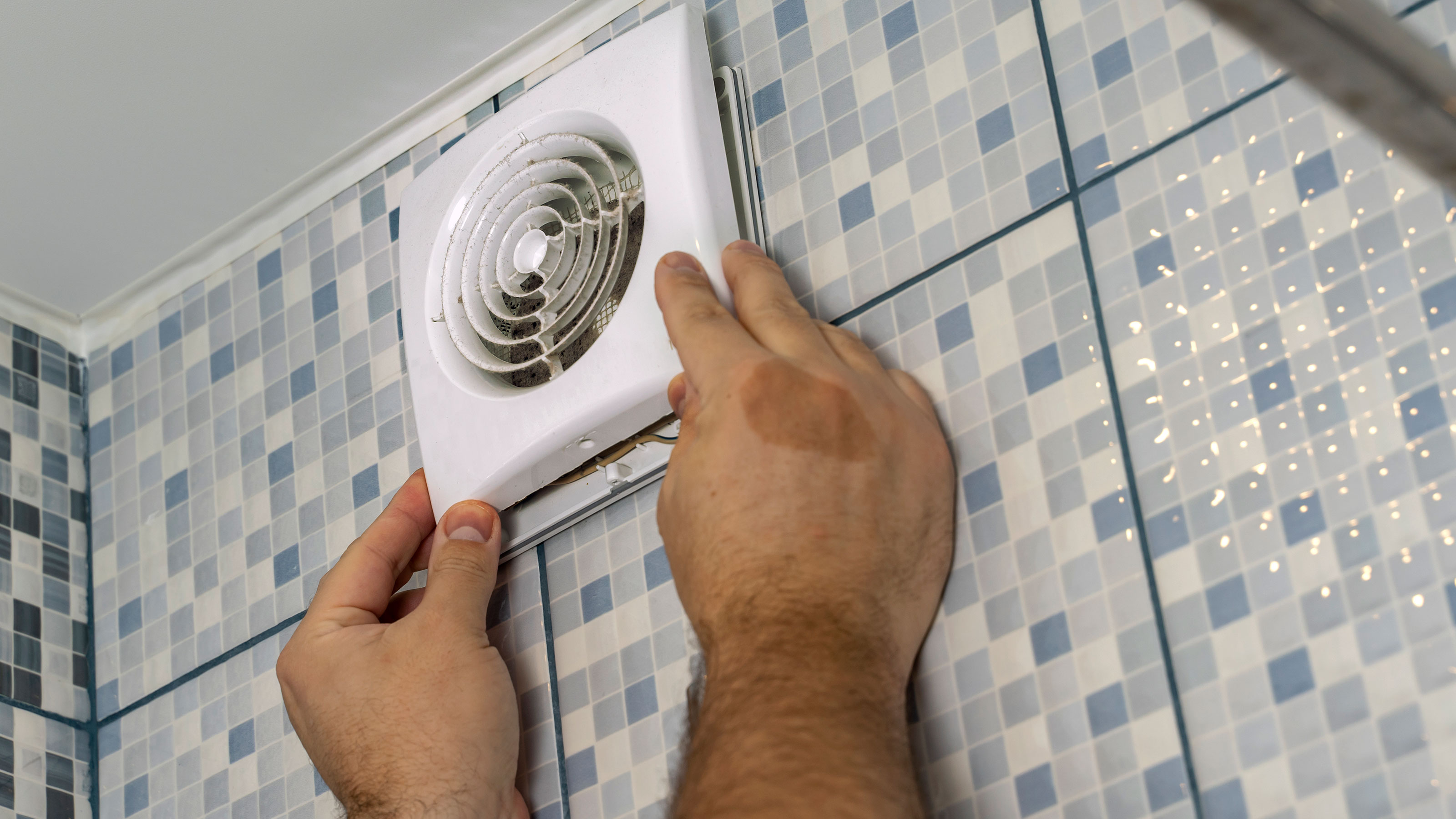
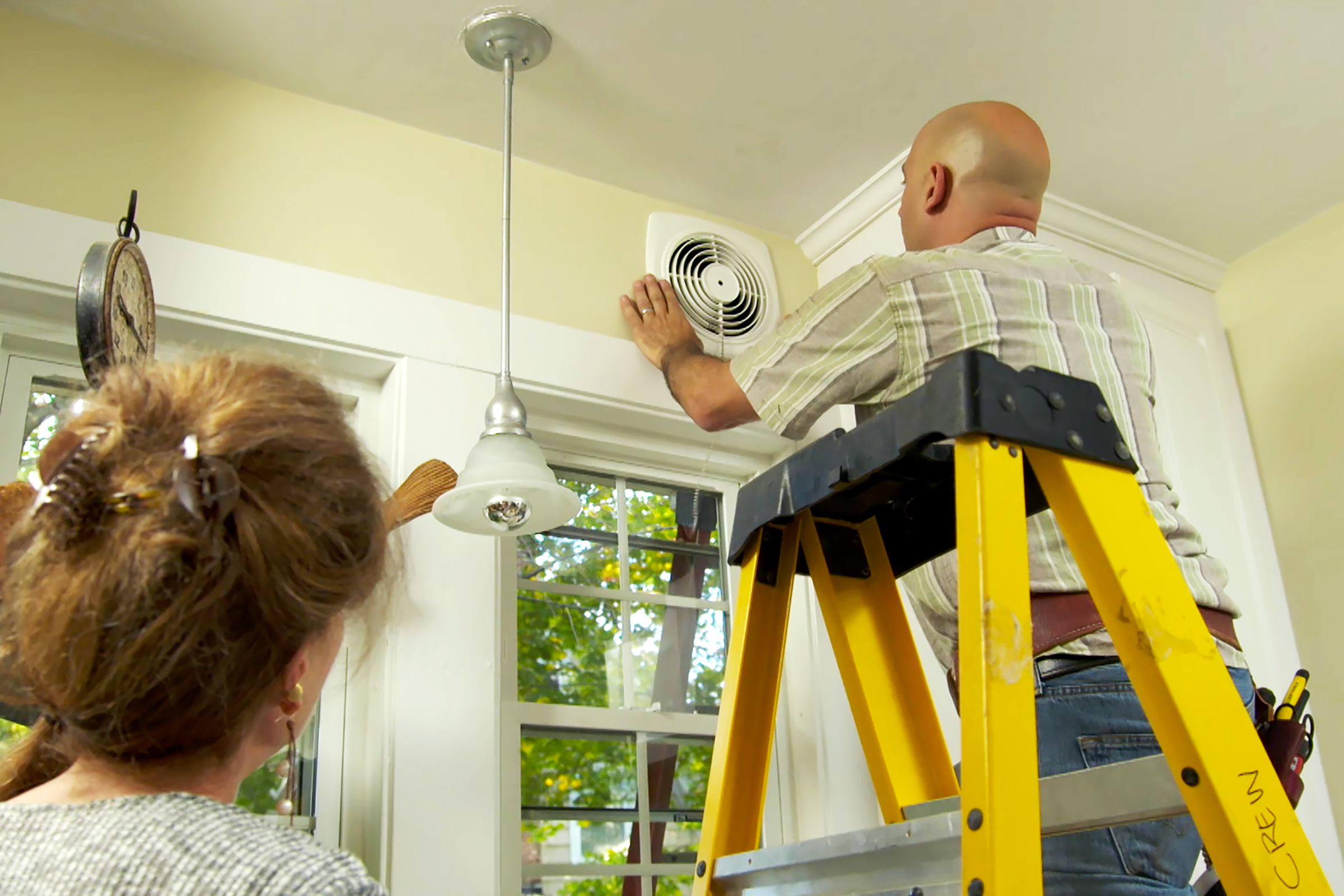
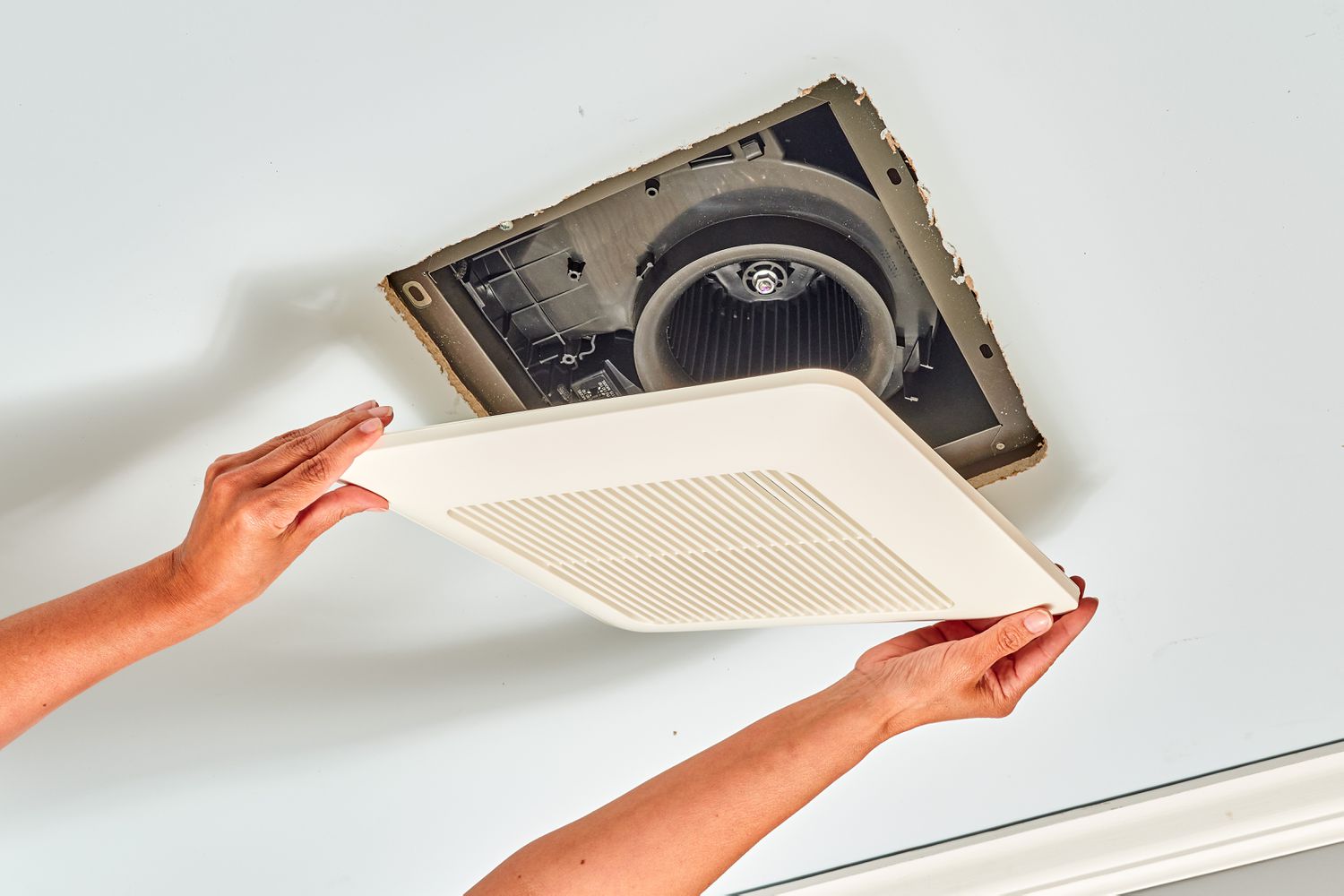
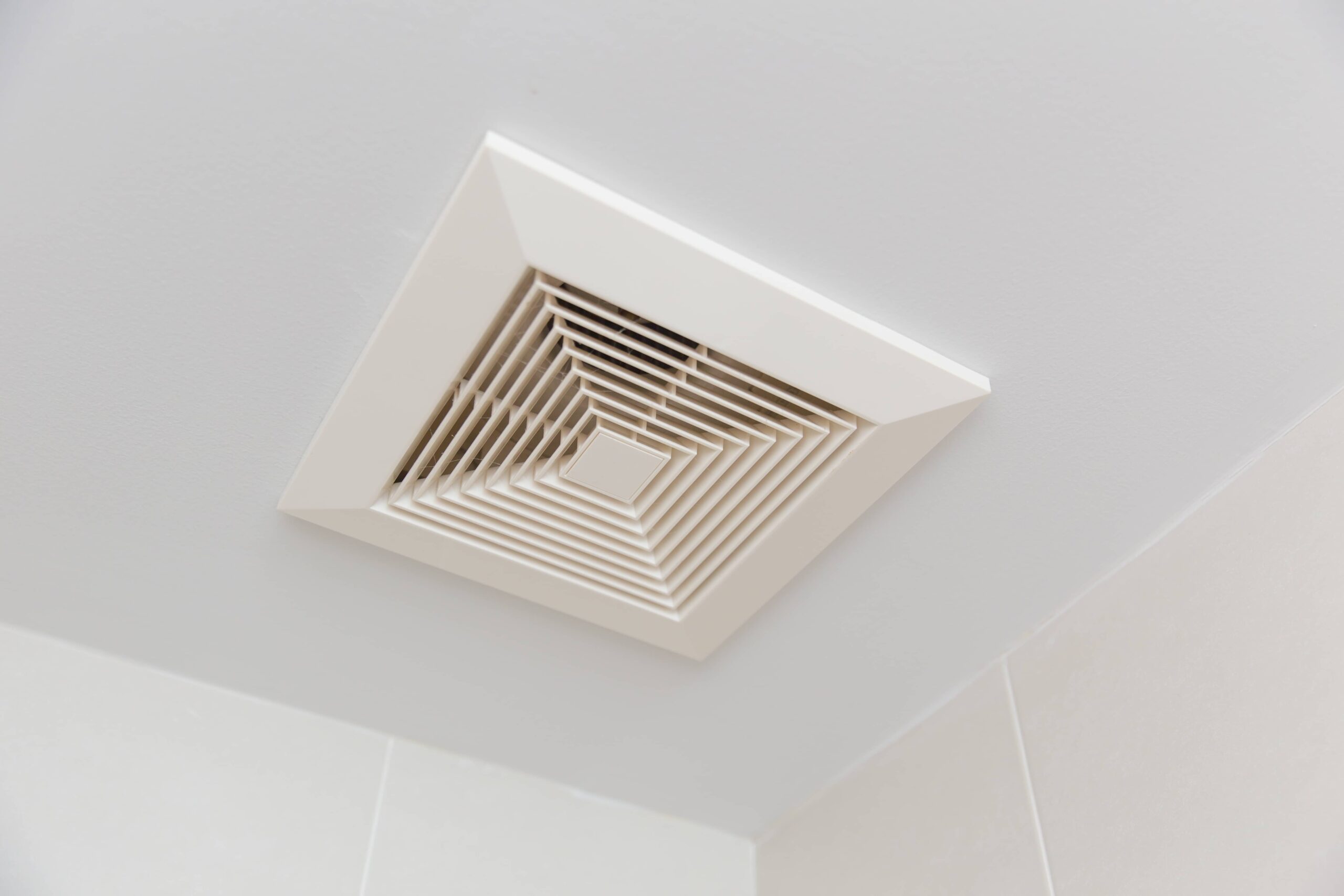
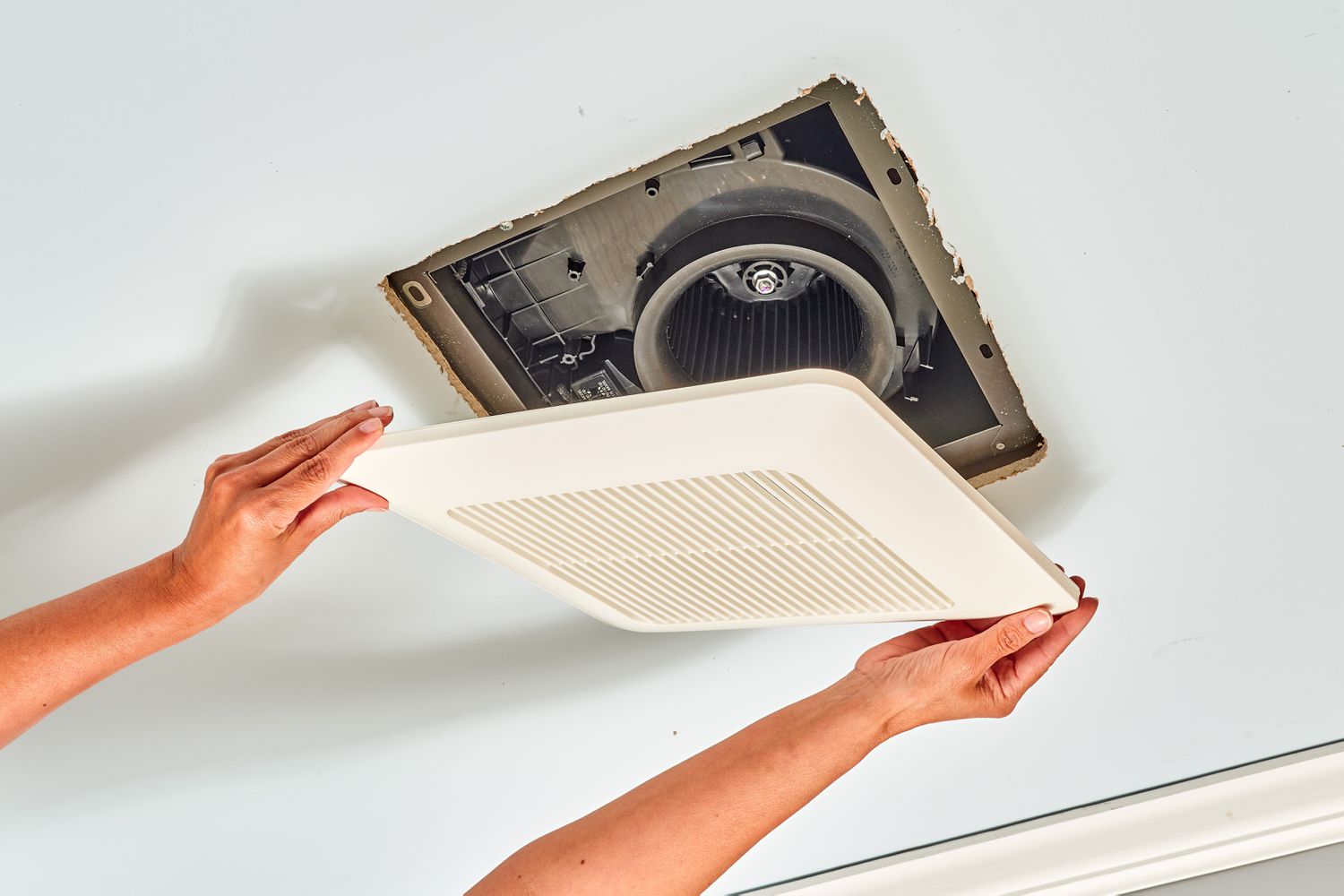

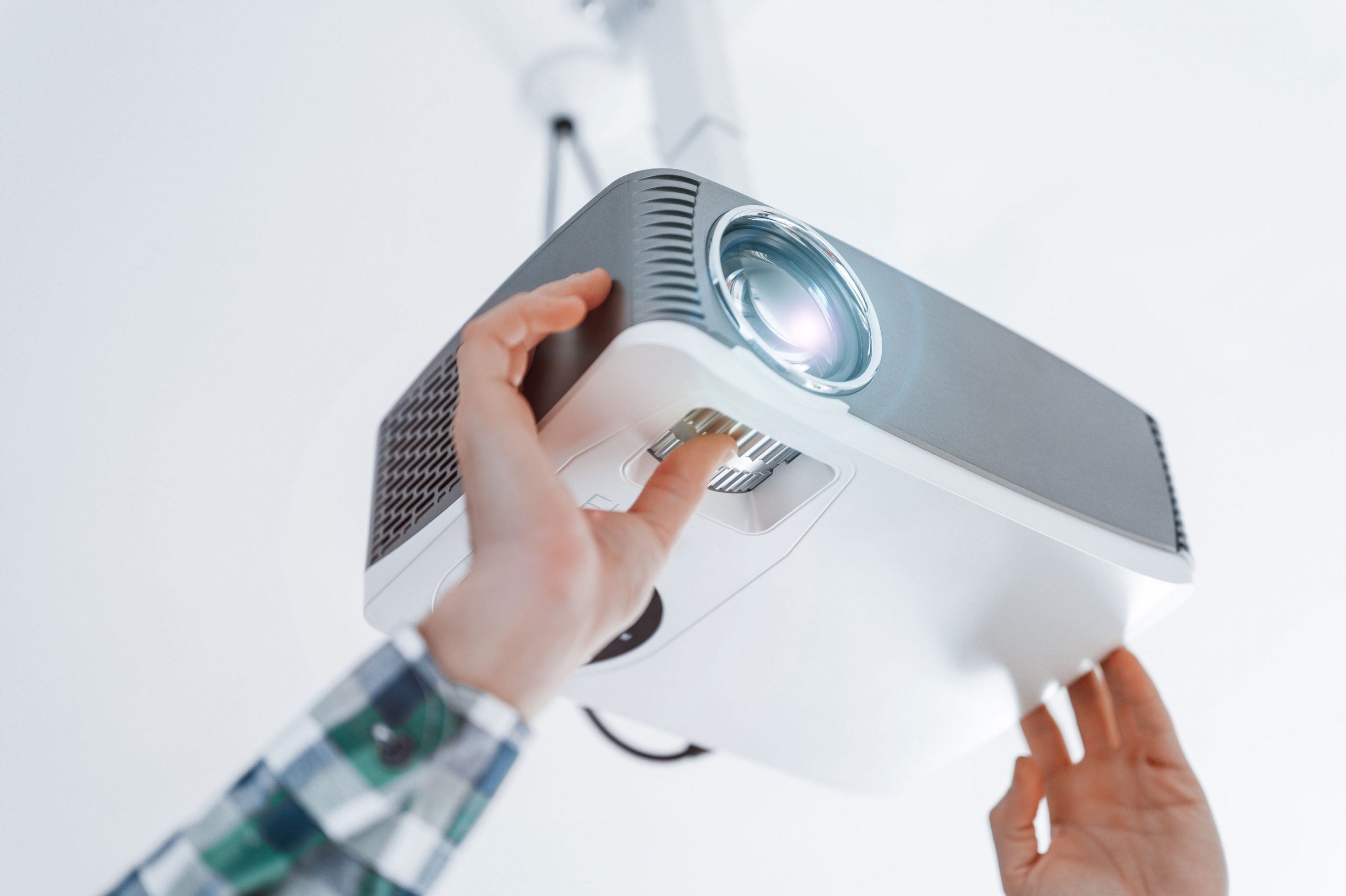

0 thoughts on “Why Is My Bathroom Exhaust Fan Not Working”